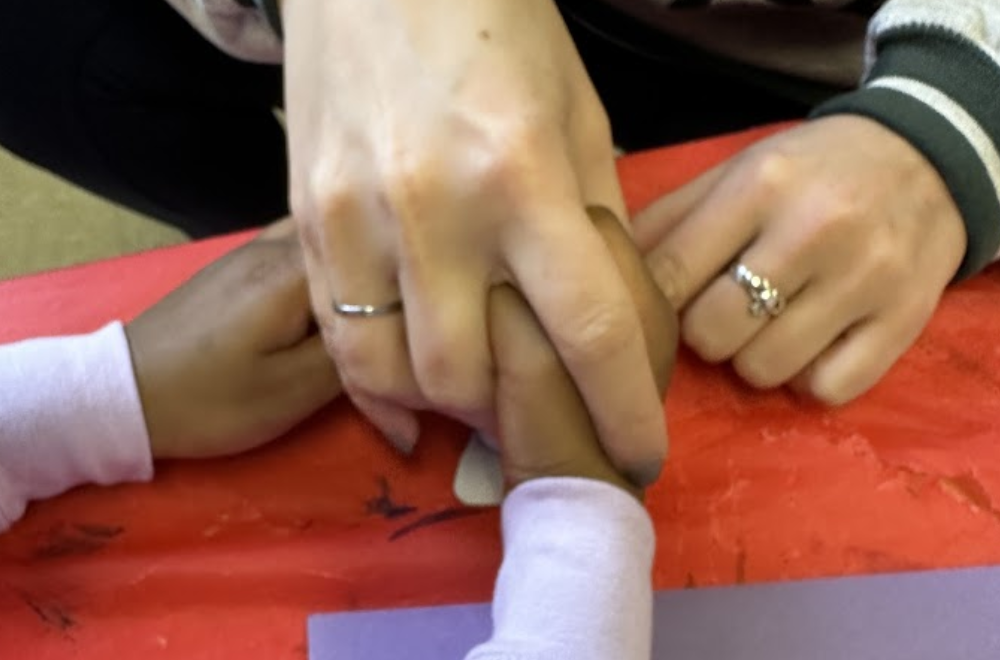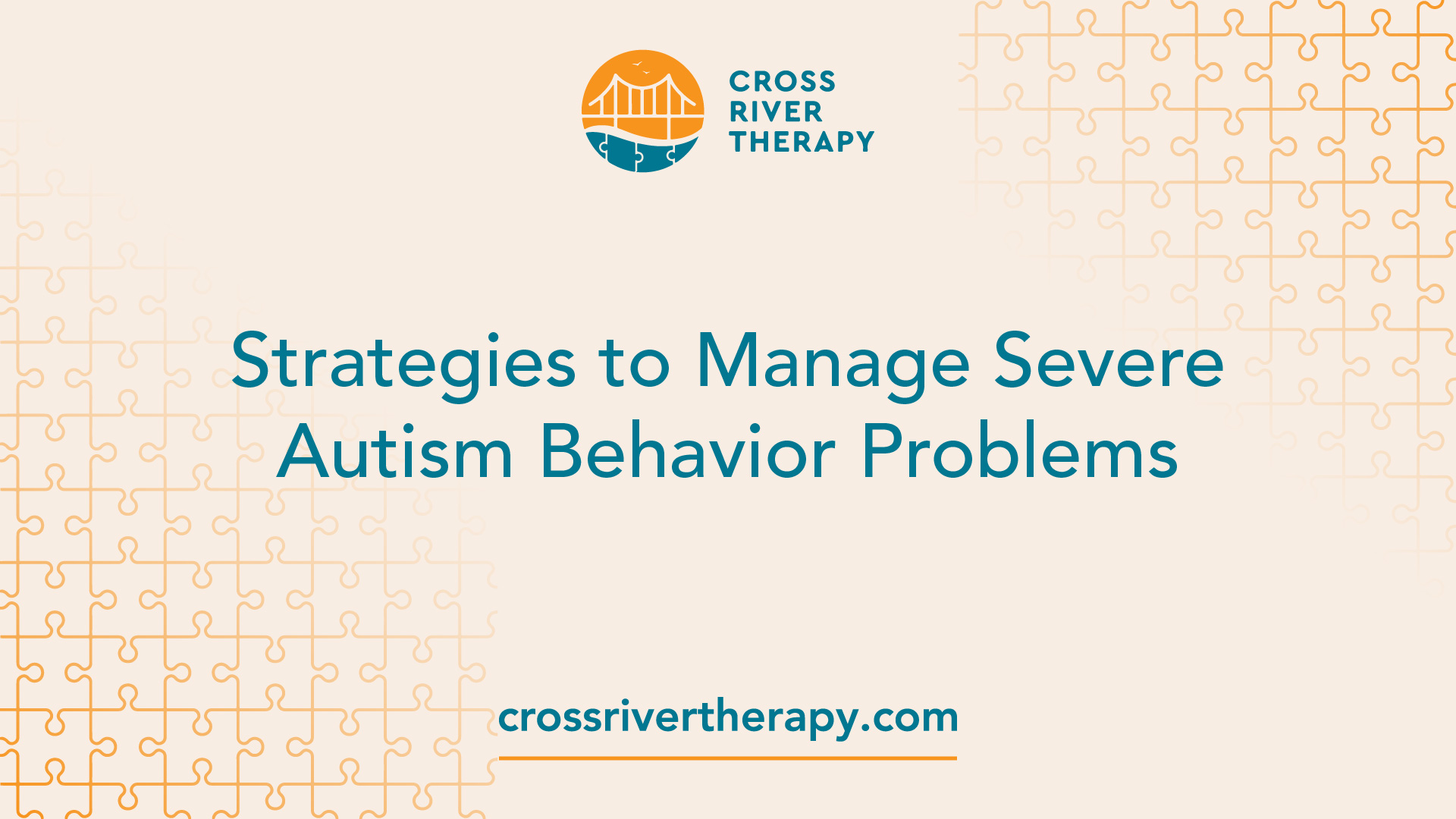Signs it’s time your family needs Autism Behavioral Therapy intervention
Signs it’s time your family needs Autism Behavioral Therapy intervention
Blog Article
Understanding the Impact of Behavioral Autism on Daily Life and Social Communications
You might not recognize exactly how deeply behavioral autism impacts every day life and social communications. Individuals on the range frequently navigate a globe loaded with interaction obstacles and sensory overload. These obstacles can bring about irritation and seclusion, impacting their partnerships and general well-being. Understanding these nuances is crucial for promoting helpful settings. What methods can we implement to create more inclusive areas and significant links? The answers might stun you.
Defining Behavior Autism and Its Attributes
Behavioral autism, often described as autism spectrum condition (ASD), incorporates a series of conditions defined by challenges in social interaction, communication, and repeated actions. You might observe that people with ASD commonly battle to translate social signs, which can bring about misconceptions in conversations. They may find it tough to develop eye get in touch with or involve in tiny talk, making social situations really feel overwhelming.
Communication troubles can show up in numerous means, from delayed speech growth to a choice for utilizing less words. By acknowledging these qualities, you can foster a setting that promotes acceptance and motivates reliable communication, assisting people with autism flourish in their daily interactions.
The Range of Autism: Understanding Variability in Habits
Autism range condition (ASD) isn't a one-size-fits-all diagnosis; it varies widely among individuals. You could notice that some people with ASD exhibit light symptoms, while others may deal with a lot more significant difficulties. This variability can manifest in actions, rate of interests, and sensory sensitivities. You may encounter people that are highly spoken and involve easily in conversations, while others might choose solitary tasks or connect non-verbally.
Additionally, the method individuals with ASD react to sensory input can differ significantly; some could be overwhelmed by brilliant lights or loud noises, whereas others prosper in stimulating environments. The range also consists of distinctions in social communications; some people might struggle to analyze social hints, while others navigate social setups with family member ease. Understanding this variability is vital, as it aids you value each person's unique experience and dressmaker support to their specific needs, fostering a more comprehensive atmosphere for every person.
Communication Obstacles Faced by People With Autism
When you communicate with people on the autism range, you may see their special interaction challenges. They frequently deal with troubles with both verbal and nonverbal hints, which can influence their social interactions. Recognizing these obstacles is important for promoting far better connections and assistance.

Verbal Interaction Troubles
Several people on the autism spectrum experience verbal communication problems that can considerably influence their daily communications. You may locate it testing to share your ideas, feelings, or requires clearly. This can result in disappointment for both you and those around you, as misconceptions occur. You may struggle with launching discussions, maintaining a subject, or recognizing nuances in speech. Commonly, you could favor making use of simple language or repetitive expressions, which can restrict your capacity to involve in much deeper conversations. Your pace, tone, or quantity could not straighten with social expectations, triggering others to misinterpret your purposes. Identifying these obstacles can aid you and your assistance network develop approaches to boost interaction and cultivate far better links with others in your day-to-day live.
Nonverbal Communication Obstacles
Verbal communication isn't the only difficulty individuals on the autism range face; nonverbal communication obstacles can be equally as substantial. You could locate it challenging to interpret body movement, faces, and eye contact, which are important for reliable communication. These obstacles can cause misunderstandings or misinterpretations of social signs, making interactions really feel overwhelming or complex. You might have a hard time to share your own feelings with nonverbal ways, leaving others unclear of your sensations or intentions. This separate can produce sensations of isolation and aggravation. Identifying these barriers is important for cultivating understanding and compassion in your communications. By resolving nonverbal communication, you can discover methods to enhance your social experiences and boost your overall lifestyle.
Social Communication Impacts
Social interactions can usually feel frustrating because of the one-of-a-kind communication challenges encountered by individuals with autism. You may fight with interpreting social cues, making it difficult to comprehend sarcasm or body language. This can cause misconceptions or uncomfortable moments in conversations. Additionally, initiating and maintaining discussions might feel difficult, causing anxiety in social situations. You may like organized settings, making spontaneous interactions uneasy. It's likewise common to experience trouble in taking part in little talk, which can impede forming brand-new relationships. Recognizing these challenges can aid you locate techniques to boost interaction, such as exercising social abilities in secure setups or utilizing visual help - Aba Therapist. Recognizing your requirements enables you to navigate social interactions with greater confidence and convenience.
Social Communication and Relationship Structure in Autism
While structure relationships can be testing for individuals with autism, comprehending their unique viewpoints and communication styles can cultivate meaningful links. You could notice that several people on the range choose direct interaction and may have a hard time with social hints or small talk. By being simple in your interactions, you can assist create an environment where they really feel comfortable.
Engaging in shared interests can additionally offer as a bridge to much deeper links. Whether it's a hobby, a preferred program, or a common interest, these usual strings can open up doors to relationship.
Every Day Life Routine: Navigating Obstacles and Strategies
Navigating day-to-day live regimens can be especially challenging for people with autism, particularly when unexpected changes occur. You may discover comfort in having an organized schedule, as it assists you anticipate what's following. It's normal to feel anxious or overwhelmed when disturbances occur. To browse these obstacles, consider carrying out visual routines or lists. These devices can supply quality and reassurance.
Developing a regimen that consists of sensory breaks can additionally be beneficial. You can plan brief breaks throughout your day to charge. It's important to interact with those around you, allowing them know your choices and demands. This assists produce an understanding atmosphere.
Last but not least, practice mindfulness strategies to take care of stress and anxiety and anxiousness. Easy breathing workouts or basing methods can make a significant distinction. By incorporating these approaches, my link you can boost your everyday routine and lessen disturbances, making life really feel much more workable.
Toughness and Capabilities of People on the Autism Range
Recognizing everyday life regimens is just one element of the autism experience. Many individuals on the autism spectrum have impressive staminas and abilities that establish them apart.
In addition, your memory abilities commonly radiate, specifically in locations of rate of interest. Autism Behavioral Therapy. This propensity for keeping info can make you a useful source in areas like science, innovation, or art. You may additionally display strong visual thinking, enabling you to visualize complex ideas and address problems artistically
Furthermore, your special viewpoint on the globe can promote compassion and understanding in others, improving social communications. Accepting these toughness not just boosts your confidence however additionally helps others value the varied abilities you offer the table.
Creating Inclusive Settings for People With Autism
Creating inclusive environments for individuals with autism begins with designing sensory-friendly areas that satisfy their distinct demands. You can also cultivate possibilities for social interaction, assisting to construct links and friendships. By making these modifications, you'll add to a much more inviting ambience for everybody.
Creating Sensory-Friendly Spaces
While creating sensory-friendly rooms, it's vital to show on the special demands of individuals with autism. Include peaceful areas where people can charge and pull back when overwhelmed. Consist of aesthetic timetables or clear signs to assist people browse the room with confidence.
Promoting Social Interaction Opportunities
Creating sensory-friendly areas not just addresses private comfort yet likewise sets the stage for purposeful social interactions amongst people with autism. To promote these communications, create comprehensive atmospheres that invite involvement. Arrange structured activities, like art classes or group games, that motivate cooperation without overwhelming sensory input. Usage aesthetic help and clear interaction to help everybody engage conveniently. Urge peer mentoring, matching individuals with autism with supportive peers who can assist them through social scenarios. Furthermore, take into consideration hosting routine community occasions that celebrate neurodiversity, cultivating acceptance and understanding amongst all participants. By implementing these techniques, you can enhance social opportunities, assisting individuals with autism build friendships and strengthen their social abilities in a safe, welcoming atmosphere.

Regularly Asked Concerns
Just How Can Buddies Assistance Somebody With Behavioral Autism?
You can support a pal with behavior autism by being client, listening actively, and appreciating their limits. Participate in activities they enjoy, connect freely, and develop a comfy atmosphere where they really feel valued and recognized.
What Resources Are Available for Parents of Kid With Autism?
You can explore various sources for parents of children with autism, consisting of assistance groups, educational websites, and regional area services. Getting in touch with various other moms and dads can additionally supply useful insights and shared experiences to aid browse difficulties.
Can Behavioral Autism Change With Time?

Yes, behavioral autism can change over time. You might discover shifts in communication, social skills, and behavior as your child grows. Early treatment and assistance typically play essential roles in these developmental changes.
How Do Sensory Level Of Sensitivities Influence Day-to-day Live?
Sensory level of sensitivities can make day-to-day experiences frustrating. You could struggle with intense lights or loud noises, bring about anxiety or evasion. Discovering atmospheres that suit your requirements can considerably boost your comfort and overall day-to-day live.
What Are Usual Misconceptions Regarding Behavioral Autism?
You may think behavior autism only impacts communication abilities, however it's more facility. Numerous think people lack compassion or intelligence, which isn't real. Understanding these mistaken beliefs helps foster approval and support wikipedia reference for those on the range.
Behavioral autism, frequently referred to as autism spectrum disorder (ASD), includes an array of problems defined by challenges in social interaction, communication, and repetitive actions.Social interactions can usually really feel frustrating due to the one-of-a-kind communication difficulties dealt with by individuals with autism.Designing sensory-friendly rooms not only addresses website link individual convenience yet likewise sets the phase for purposeful social communications amongst individuals with autism. Urge peer mentoring, coupling individuals with autism with supportive peers who can assist them via social circumstances. By executing these approaches, you can improve social chances, aiding people with autism build relationships and strengthen their social skills in a secure, welcoming atmosphere.
Report this page